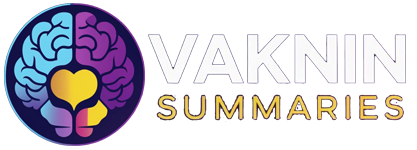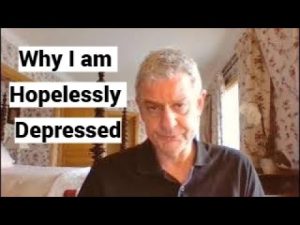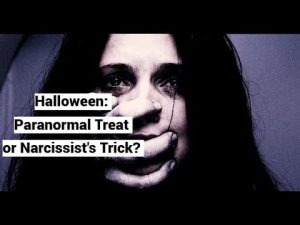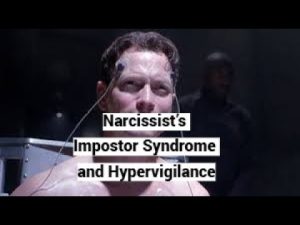Narcissism: Jung’s Mother Archetype Absent
1. Introduction to Jung and the Mother Archetype
- KL Gustav Jung, a Swiss psychiatrist who had a significant relationship with Freud, contributed to psychological philosophy, introducing the idea of archetypes.
- The mother archetype is one of the most famous archetypes in Jungian psychology, typically associated with nurturing, love, empathy, compassion, and protection.
- Jung considered the mother archetype the primary expression of the feminine principle, representing fertility, creativity, abundance, and growth. [00:00 – 02:00]
2. Common Misconceptions vs. Jung’s Nuanced View
- Contrary to popular belief and later theories like Winnott’s “good enough mother,” Jung’s view of the mother archetype is complex and nuanced, not simply idealized or ambivalent.
- Jung saw the mother archetype as crucial to the individuation process, helping individuals develop wholeness, self-realization, and personhood. [02:01 – 04:00]
3. The Internal Mother and Self-Mothering
- The mother archetype goes beyond the external or biological mother to include internal qualities of self-mothering, nurturing, and self-compassion.
- An “internal mother” develops within the individual, distinct from the mother introject, which is the internalized image or voice of the real mother.
- The internalized maternal archetype embodies qualities of motherhood that facilitate self-love and self-care. [04:01 – 06:30]
4. Jung’s Implications on Self-Love and Narcissism
- Jung’s concept implies that self-love fundamentally contains maternal elements.
- In contrast, pathological narcissists fail to internalize a positive mother archetype due to abusive or traumatizing maternal experiences.
- Narcissists rely on external maternal figures to provide the self-nurturing and self-compassion that should come from within, attempting to substitute for the absent internal mother. [06:31 – 09:00]
5. Negative Aspects of the Mother Archetype and Pathology
- Jung warned about the darker potential of the mother archetype when pathologized, where it can become possessive, dependent, and symbiotic, preventing individuation.
- In such cases, individuals struggle to separate from their real mothers and may either fail to internalize the maternal archetype or internalize it negatively as a “bad mother.”
- This leads to a mother archetype that devours or subsumes the individual, hindering personal identity and individuation, which can contribute to pathological narcissism. [09:01 – 11:20]






